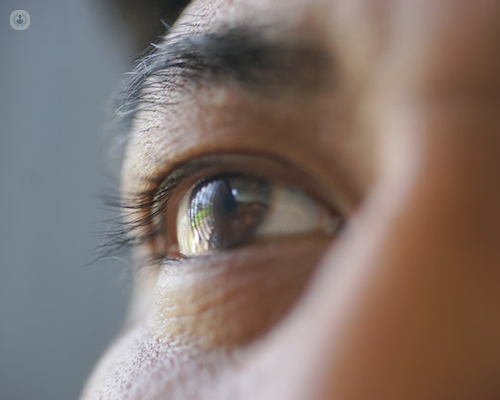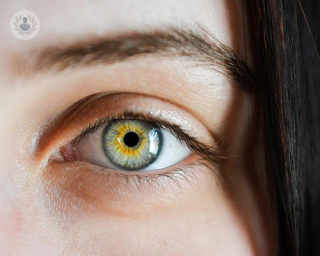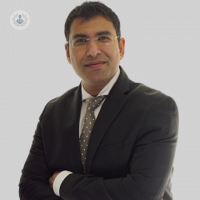LASIK
What is LASIK?
LASIK, sometimes called Lasik or laser eye surgery, is an abbreviation of laser-assisted in situ keratomileusis. It is a type of surgery used for the correction of myopia, hyperopia, and astigmatism. LASIK can provide a long-lasting alternative for those who wear glasses or contact lenses.

How is LASIK performed?
LASIK is performed using a laser which reshapes the cornea, allowing light entering the eye to focus properly on the retina which means clearer vision is enabled. The surgeon will use a laser or a small tool to create a ‘flap’ in the cornea, which they then will fold back to have access to the stroma (the part of the eye underlying the cornea). This will allow them to remove corneal tissue and reshape the cornea using a laser beam.
What should I know before the procedure?
Before the procedure it is important to have an assessment with your ophthalmologist, who will discuss with you whether you are the right candidate for LASIK treatment or not. Make sure to arrange an appointment with a qualified professional who is able to inform you of the risks, benefits, and aftercare before the procedure takes place. Arrange for someone to take you home after the procedure, and do not drive home after surgery.
What are the risks of LASIK?
As with any procedure, side effects and risks are something to bear in mind. Most patients experience no complications, but it is important to be aware. Risks and side effects include:
- Dry eyes
- Infection
- Glare and halos, affecting the way your eyes see light (these usually disappear over time)
- Complications in vision
- Regression
- Blurred vision
- Keratoectasia
- Under or over correction
Although the LASIK procedure carries risks, it is overall highly successful with many patients’ quality of life improved significantly. After the procedure, some people may need to have a repeat procedure called a LASIK enhancement, which can correct your vision if it has changed over time since the original surgery.














